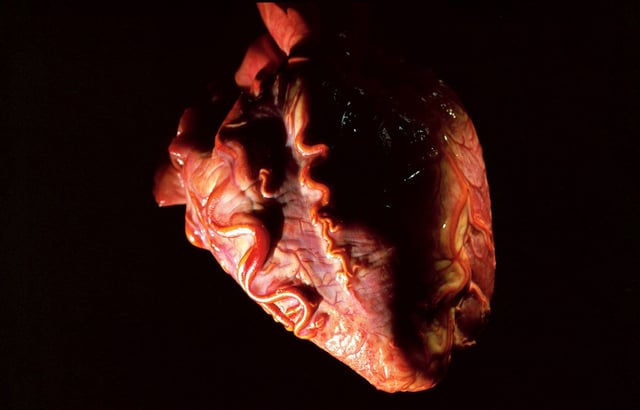Overview
- Duke University’s on-table reanimation technique briefly perfuses extracted hearts with oxygenated blood on a sterile table to assess function before transplant.
- Vanderbilt University Medical Center’s REUP cold-flush method delivers a nutrient-rich oxygenated solution to the heart before removal, eliminating reliance on costly perfusion machines.
- Initial cases reported in the New England Journal of Medicine include a successful transplant of a DCD heart into a three-month-old infant at Duke and multiple adult recipients at Vanderbilt with promising early outcomes.
- Donation after circulatory death represents over 40% of U.S. deceased donors but has yielded few transplantable hearts due to oxygen deprivation and ethical and logistical barriers.
- Early-stage data suggest these simplified approaches could expand the pediatric donor pool by up to 20% and help alleviate critical organ shortages.


